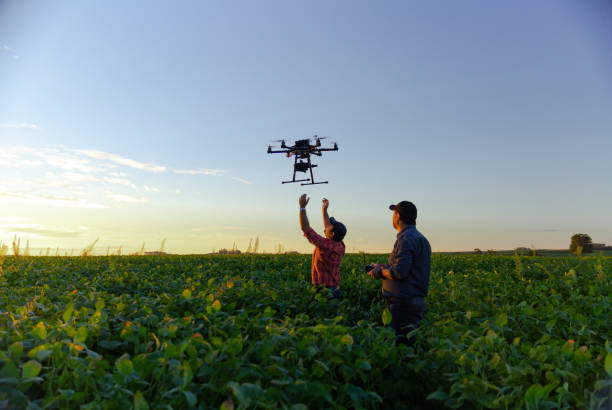“Dawn of Drone Tourism: A New Perspective on Travel”
Drone tourism, a new trend, is revolutionizing the way we explore the world. It’s not about using drones to capture stunning travel photos, it's about the use of drones as a means of transportation. Drones are now giving us the opportunity to explore places that were previously inaccessible, offering a fresh and unique perspective on travel.

Historical Context and Key Developments
The use of drones in tourism is a relatively new phenomenon, with roots in the rapid advancement of drone technology in the past decade. The first drones were used in the military for surveillance and reconnaissance. With time, the technology became more sophisticated, and drones started being used for commercial and recreational purposes. Now, drone technology has evolved to a point where passenger-carrying drones are a reality, paving the way for drone tourism.
Current Trends and Insights
Today, drone tourism is slowly gaining traction, with several companies around the world testing passenger-carrying drones. China’s Ehang, for instance, is already offering aerial sightseeing tours in its autonomous drones in Guangzhou. Similarly, Volocopter in Germany is testing air taxis in several cities.
Advantages and Challenges
Drone tourism has several advantages. It offers an unparalleled view of the landscape, makes inaccessible places accessible, and can be a faster mode of transport in congested cities. However, there are also challenges, such as regulatory issues, safety concerns, and noise pollution, which need to be addressed.
Impact on Travelers
Drone tourism has the potential to drastically change the way we travel. It can make travel more exciting, efficient, and inclusive. However, travelers need to be aware of the safety measures in place and respect local regulations and privacy.
A Few Travel Facts
- The world’s first passenger drone, the Ehang 184, can carry a single passenger for 23 minutes at a speed of up to 100 km/h.
- The Volocopter is designed to carry two passengers for about 30 km.
- The highest a recreational drone can fly legally in the United States is 400 feet.
In conclusion, drone tourism is a fascinating development in the world of travel, offering a unique and exhilarating travel experience. It’s a testament to how technology can transform the way we explore the world. However, its success will largely depend on how the challenges are addressed. As we look to the future, it is clear that drone tourism holds immense potential to reshape our travel experiences.




